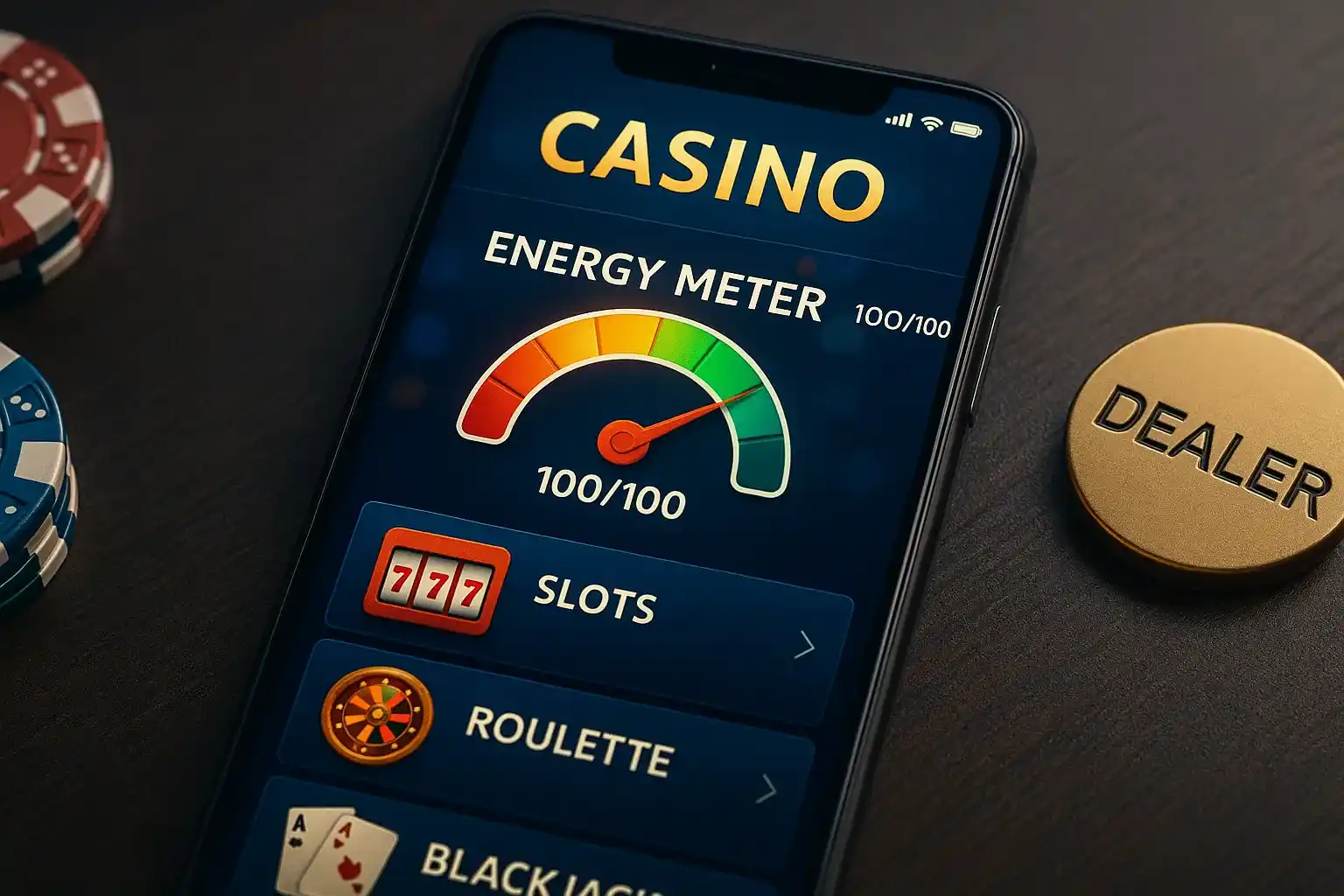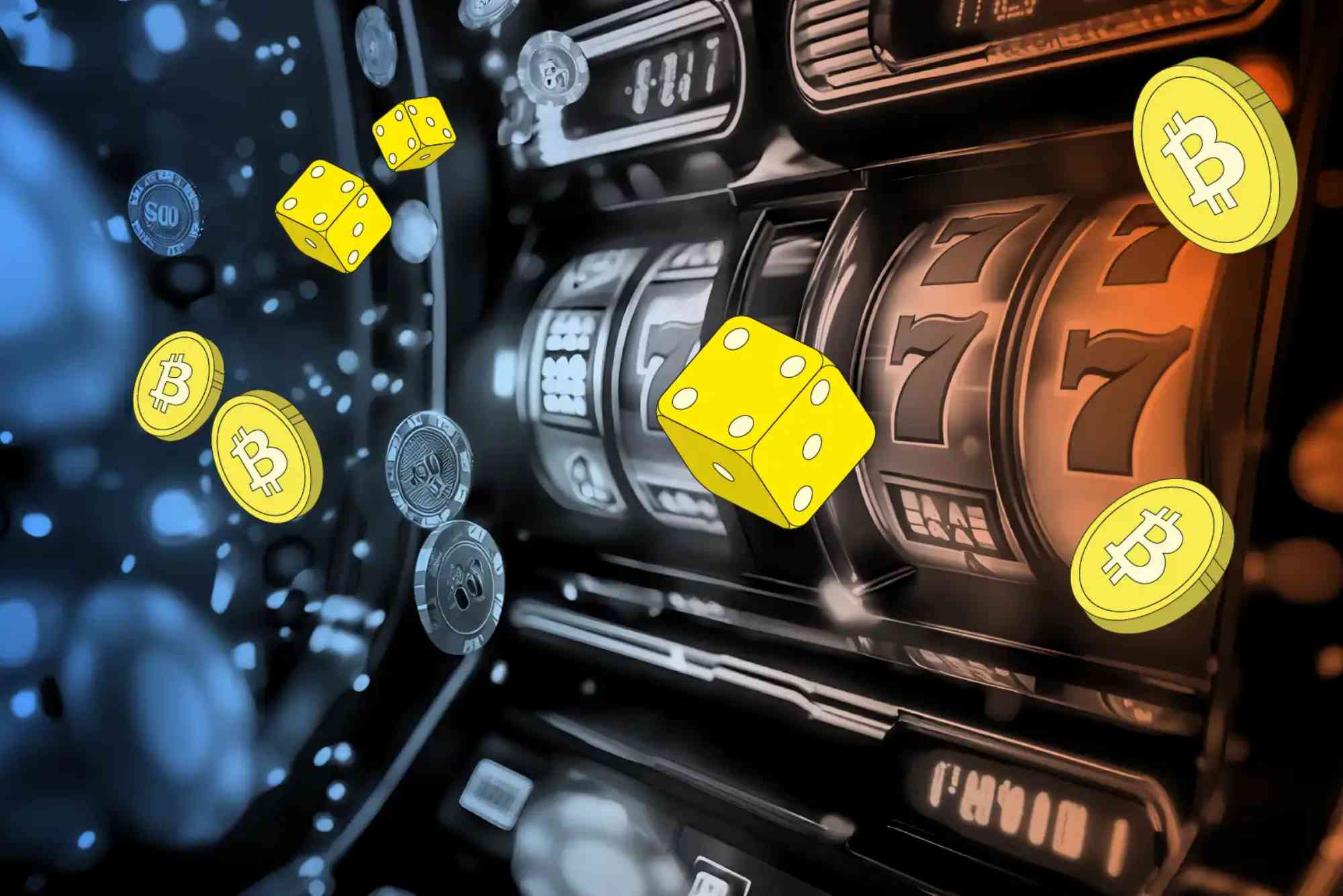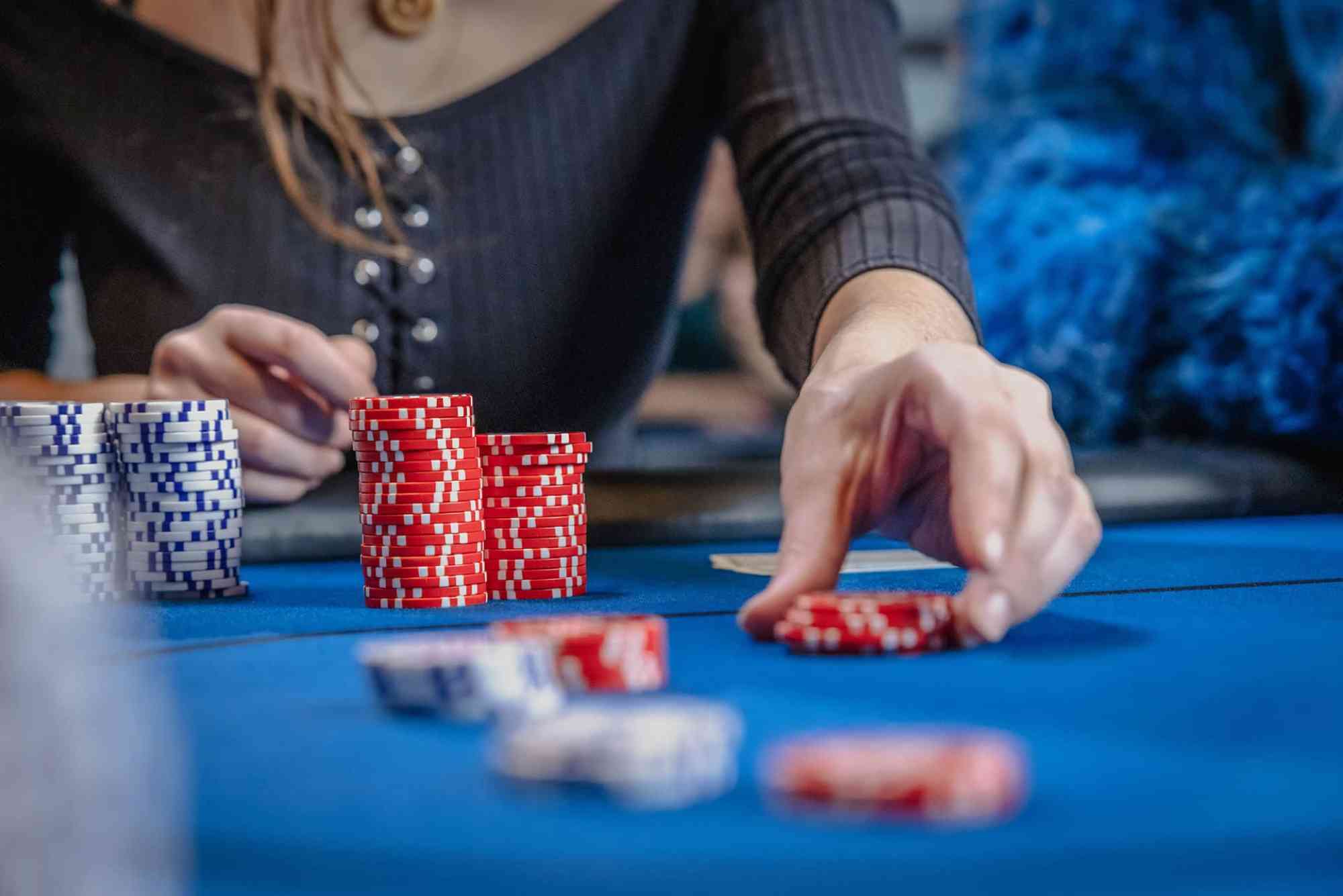If you asked me a couple of years ago why a casino app would need anything beyond balance and bets, I might have shrugged. But after diving into mobile gambling development and playing dozens of apps myself, I’ve seen a rising feature that’s impossible to ignore: the energy meter. At first glance, it seems out of place—why track “energy” in a virtual casino? Over the last year, I’ve researched and tested these meters, and I’m convinced they’re here to stay.
What Are Energy Meters in Casino Apps?
An energy meter in a casino app resembles the stamina gauges often found in mobile games. Instead of letting you spin or play endlessly, the meter depletes with each round of slots, hand of blackjack, or bet placed at the virtual roulette wheel. When it hits zero, you either wait for it to refill over time, earn refills through bonuses, or make in-app purchases.
From a technical standpoint, implementing an energy meter involves tracking user actions against a counter maintained locally and synced with backend servers. Developers set depletion rates—perhaps one energy unit per slot spin or two per blackjack hand—and define refill intervals. Though it feels game-like, energy meters are fundamentally a behavioral and monetization tool tailored for the gambling vertical.
The Player Experience and Monetization Balance
When I first encountered an app with an energy meter, I was skeptical. After all, gambling regulation often emphasizes free and fair play. Yet, many operators—especially those promoting “non gamstop casinos” like those reviewed at strawberrysoup have found that energy meters strike a careful balance. They allow players to enjoy a taste of continuous play while introducing gentle pauses that reduce burnout and encourage bonus engagement.
By pacing game sessions, energy meters can prevent players from chasing losses in marathon sessions. Real players I interviewed mentioned appreciating enforced breaks; these pauses often prompted them to assess their spending rather than mindlessly spin. At the same time, the option to purchase an energy refill adds a discrete revenue stream for the operator without overtly forcing small bets or continuous wagering.
How Energy Meters Promote Responsible Gaming
Encouraging Breaks
I remember testing an energy-metered app during a particularly rough day. After five consecutive slot sessions, I ran out of energy—and instead of logging off in frustration, the app suggested a short break with links to responsible gaming resources. That nudge, gentle as it was, mirrored real-world advice from casinos encouraging players to step away after set periods.
Customizable Limits
Some apps let users set their own energy thresholds, choosing how much to play each day. This autonomy echoes pre-commitment tools widely discussed in gambling research. When players tailor their energy budgets, they feel ownership over their limits, reducing the risk of regretful spending.
Real-World Case Study: Balancing Engagement and Retention
In mid-2024, I consulted with a mobile casino platform serving European markets. They introduced an energy meter across their slot titles and saw surprising results: session length per user increased by 18%, but time between sessions grew by only 5%. In simple terms, players stayed engaged longer when they didn’t burn out, yet returned almost as frequently. Revenue per user ticked up steadily as refill purchases became a popular micro-transaction.
Technical and UX Challenges
Seamless Syncing
Energy meters must sync precisely with backend tracking to prevent exploits—imagine logging out, editing a file, and returning to infinite energy. Developers tackle this with encrypted local tokens and server-side validation. From my testing, top-tier apps perform these checks invisibly in milliseconds, preserving user immersion.
Clear Feedback
Presenting energy status clearly is crucial. Early implementations hid meters behind menus, leading to confusion when players suddenly couldn’t play. Modern designs integrate the meter into the main UI, often overlaying it on game screens with countdown timers and refill progress bars.
The Future of Energy Meters and Gambling Apps
Energy meters may evolve into more nuanced “game economy” tools. Imagine meters that recharge faster based on realistic sleep schedules or those tied to loyalty tiers. We might even see social features where friends can gift each other energy refills, blending casino apps with social gaming trends. Whatever comes next, the core idea remains: pacing play enhances both enjoyment and safety.
For those exploring alternatives outside traditional self-exclusion schemes, like non gamstop casinos, energy meters provide a transparent, player-friendly way to control session length without heavy-handed bans. As the mobile gambling space grows more competitive, expect energy meters to become a standard feature rather than a novelty.









